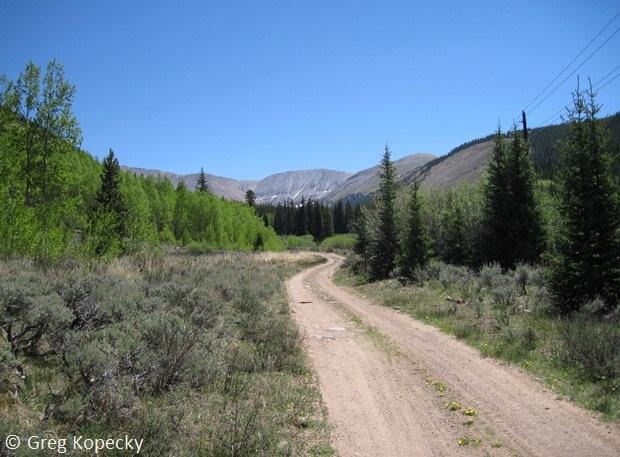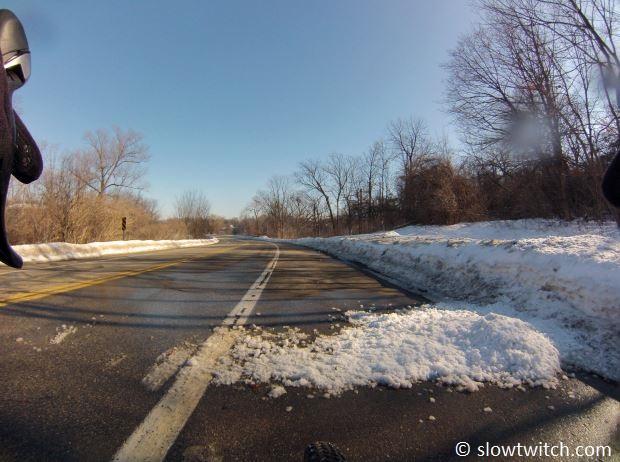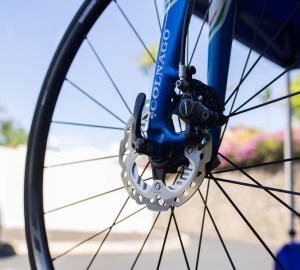Barry Roubaix Recap
Not long ago, we featured an educational piece on the not-so-new-fangled but newly-popular idea of gravel racing. I have ridden cyclocross bikes for many years, in several configurations: disc brake, rim brake, single chainring, double chainring, triple chainring, small cassettes, and even big-boy 11-32’s. Tires have been tubular, clincher, and even tubeless clincher.
What I hadn’t done was a proper gravel race – until now. Against my better judgment, I entered into the 2014 Barry-Roubaix Killer Gravel Road Race in Hastings, MI (if you’re wondering about the name, it’s in Barry County). It features distances of 24, 36, and 62 miles, all over a mix of pavement, dirt, gravel, and mud. Hills? Lots. Weather? Cross your fingers. The race is sponsored by local brewery, Founders, so at least you get to have a beer after suffering with 3,500 of your closest gravel racing friends.
With a record-breaking winter, my riding had been slim. What the heck, I thought, I can use this as a perfect way to kick off the season and get some cycling fitness. The race proved to be a lesson in pain, as I slogged out the 62 mile distance (I never knew the Midwest could be so hilly). I had a Go Pro on my bike, and threw together a short video of the most memorable moments – at least before my battery went dead. Below the video link, I’ll feature my thoughts on the equipment I chose, and what I’ll do differently next time. If you’re thinking about trying a gravel race, let my folly be your guide.
My ‘rig for this year was my trusty Habanero titanium cyclocross bike with disc brakes. It has been featured in other Slowtwitch articles in various trim – with aerobars, different wheels, different components, and almost different everything. Barry Roubaix doesn’t allow the use of aerobars, so they didn’t make an appearance on the bike this time around.
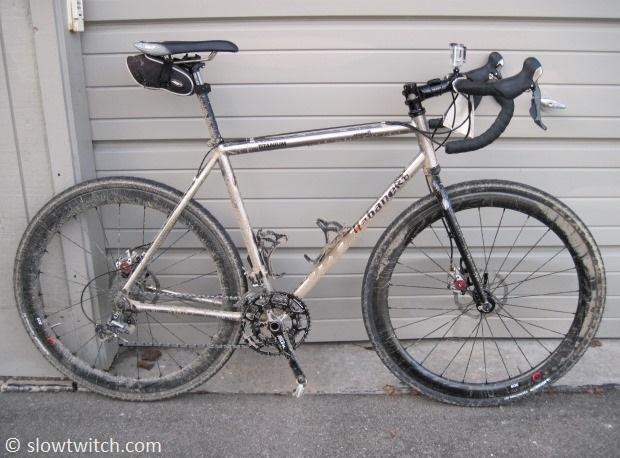
That photo is post-race after the mud fest. I hit the start line with a perfectly clean and tuned drivetrain, which paid dividends. With all of the mud pits, I saw more than one person on the side of the road tending to a jammed drivetrain. This isn’t a short-course ‘cross race with power washers and bike exchanges – you must start and finish on the same machine.
My components were as follows:
-Shimano Ultegra 6700 10-speed shifters, derailleurs, and chain
-Avid BB7 Road disc brakes with organic compound pads and HS 6-bolt rotors
-SRAM Rival compact crank with Rotor 50/36 Q-rings; Dura Ace 11-27 cassette
-Shimano XT pedals
-Zipp 303 carbon clincher disc brake wheels
-Michelin Jet tires
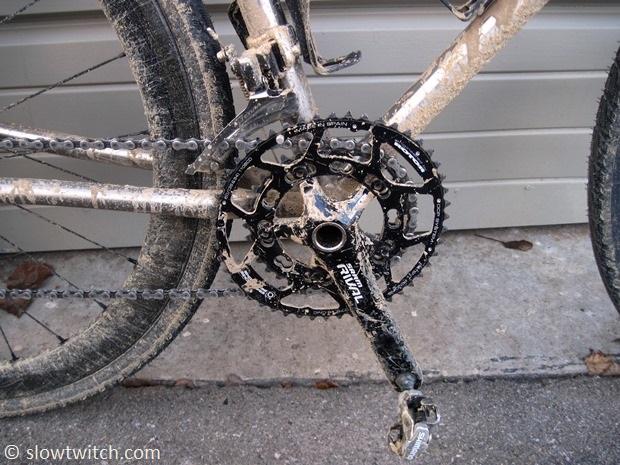
Luckily it was warm enough that the course was not frozen, so ice was not an issue. Disc brakes were a common sight at the race, and I’m glad I had them. Avid BB7s are simple, reliable, and get it done.
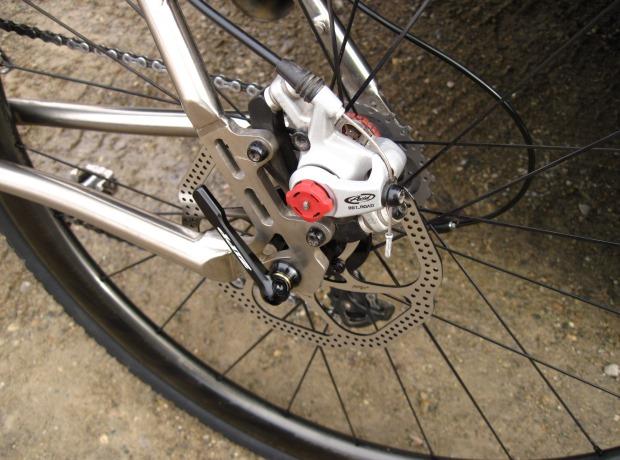
Zipp sent along a pair of their 303 Carbon Clinchers for disc brakes to try out – which I was eager to do. They feature Zipp-made hubs with 135mm rear spacing, compatibility with 6-bolt disc rotors, and even an 11-speed freehub. It has taken manufacturers longer than expected to combine those three key features, and Zipp has it.
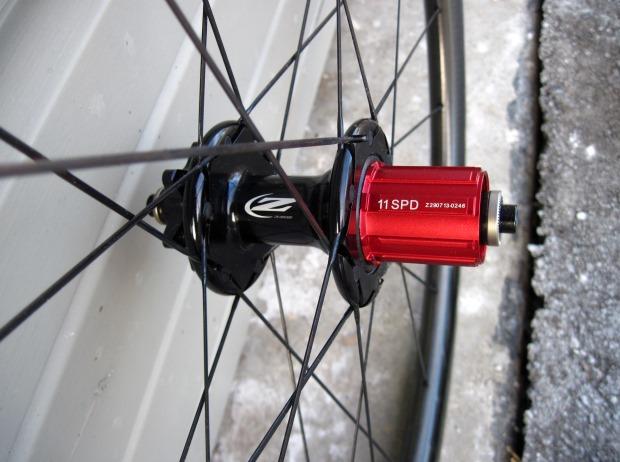
Why not go with tubular wheels? Aren’t they lighter? Sure. They’re also more trouble than I want to deal with; I’m not going for the win here. With such a long race, I also didn’t want to bother carrying a spare tubular tire in the event of a puncture. Clinchers are the right choice for about 90% of the field in gravel races.
I used Michelin’s 700×30 Jet cyclocross tires. These feature a low tread and are generally seen as a great choice for this type of endeavor. For dry courses, they are my favorite ‘cross tire – great ride quality, great grip, and seemingly great puncture resistance.

Don’t let the size fool you; they normally measure in the neighborhood of 32-34mm, depending on your rim width. I pumped mine to about 42psi, which ended up working fine. Next time around, however, I would put Michelin’s Mud 2 model on my front wheel – unless the course happens to be substantially dryer. I didn’t crash on the Jets, but there were a few moments that I would’ve appreciated a little bit more grip – downhill off-camber turns and other pucker-worthy moments. I suspect I would have been a little bit faster overall (not that it really mattered much with my awesome fitness).
After the race… things weren’t so clean:
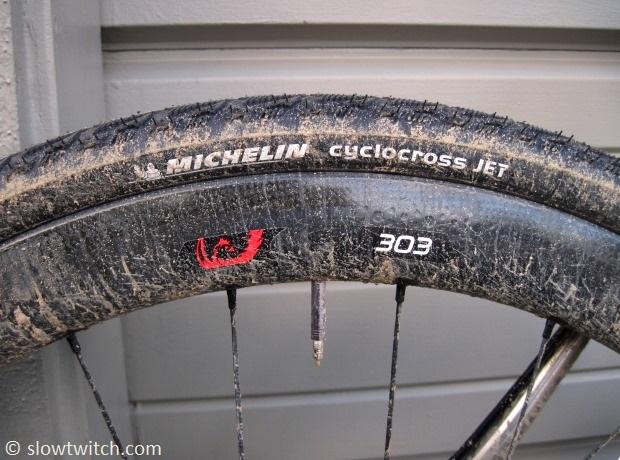
My gearing was not substantial enough, with a 50/36 set of chainrings and 11-27 cassette. With climbs reported over 20% grade (I don’t know the actual numbers), and lots of them, you will need some serious gear. One hill in particular, The Killer, forced the majority of participants to walk. I managed to keep my feet clipped in, but went WAY over my aerobic threshold to do so – and paid for it later. Even if I am fitter going in to the race next time around, I’ll either use a smaller chainring, a larger cassette, or both.

What else?
Hydration: There are a few aid stations on course, which feature food, water, and sports drink. You must re-fill your bottles (e.g. they don’t hand you brand new bottles). I used a hydration pack and two frame bottles, and only had to refill one bottle with water.
Spares: Bring at least one tube and a C02. As always, I highly recommend pre-installing sealant into your inner tubes to prevent punctures.
What’s the best overall bike? In my opinion, it’s a cyclocross bike or otherwise ‘real’ gravel bike (e.g. a ‘cross bike with a slightly lower bottom bracket). Disc brakes are a plus in poor weather, but not mandatory. Mountain bikes work well, but will cost you a bit in terms of outright speed, especially on the pavement sections. Whatever you pick, make sure it hasn’t been neglected; I even saw folks with simple single speed bikes having mechanical issues.
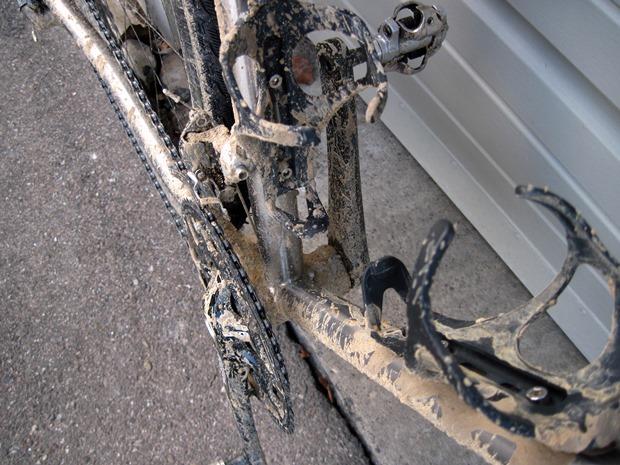
Part of the fun with these races – at least for me – is that it’s something different. I don’t have them figured out. Even if you think you do – the conditions can change, and your ‘perfect’ tire choice might not be so perfect anymore. If you’re like me and have been in the triathlon game for some time, a gravel race could be just what you’re looking for to take on as a side project. Part of what drew me into tri in the first place was the fact that
—
All images and video © Greg Kopecky / slowtwitch.com



